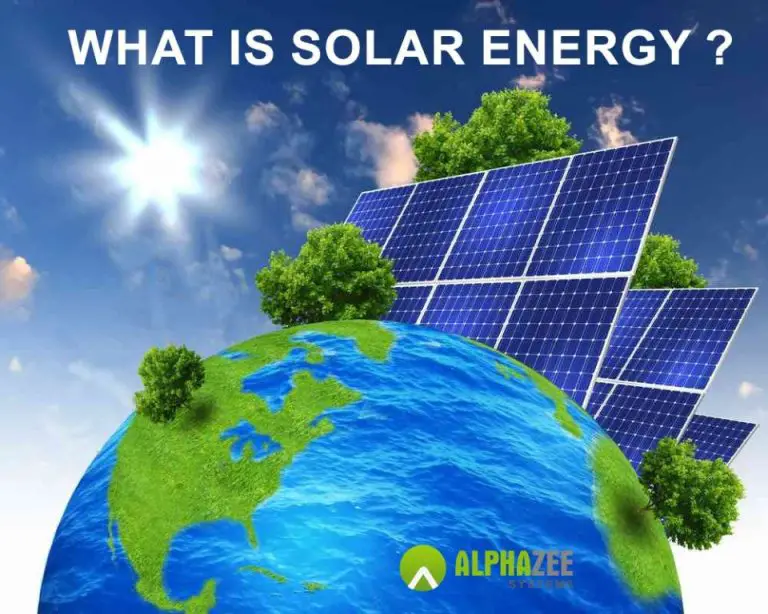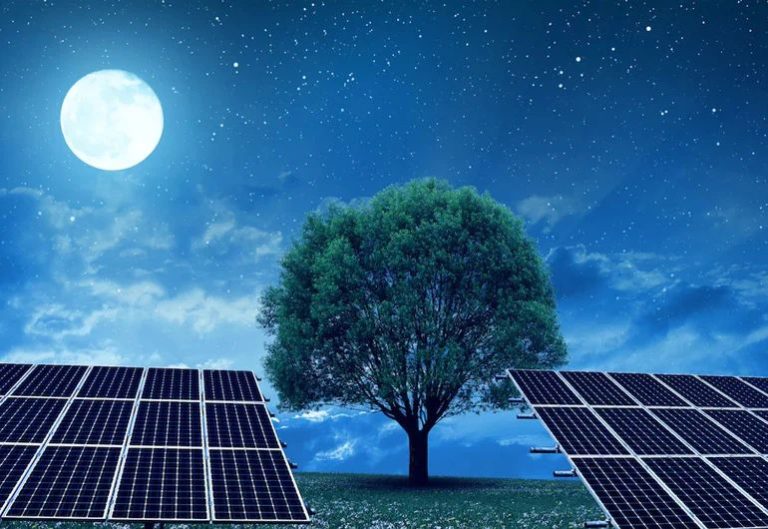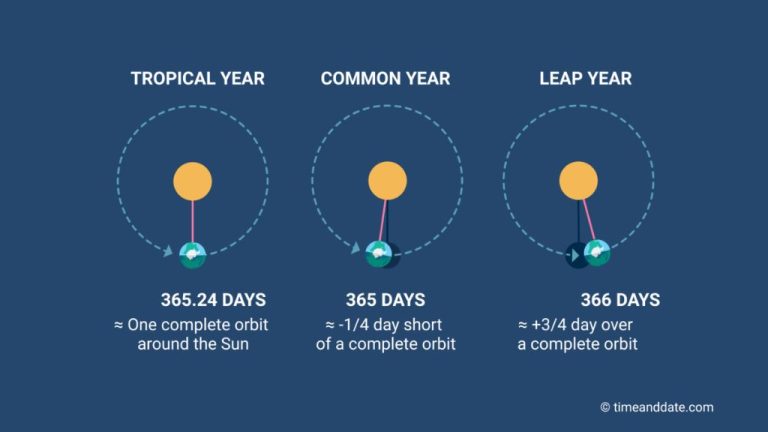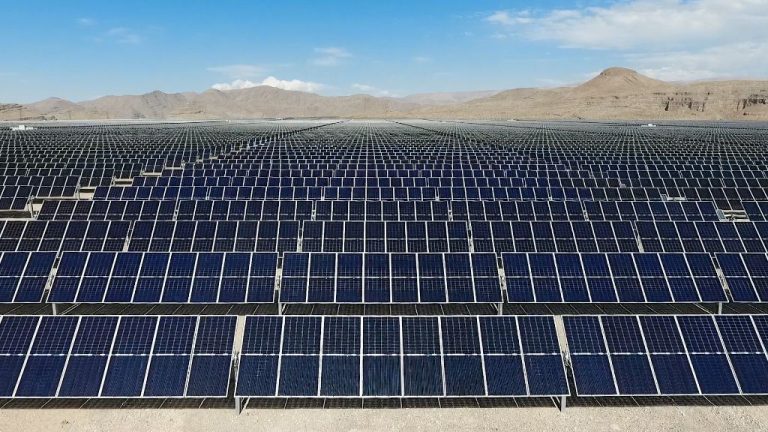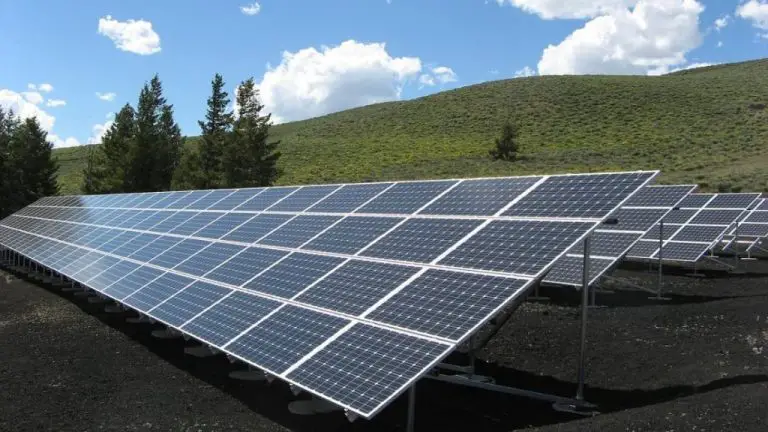What Is Energy Photovoltaic System?
A photovoltaic (PV) system is an assembly of components that work together to convert sunlight into electricity. The term photovoltaic comes from “photo,” meaning light, and “voltaic,” meaning electricity. PV systems provide clean, renewable electricity without emissions or noise.
The photovoltaic effect, which allows PV systems to generate electricity from sunlight, was first observed in 1839 by French physicist Edmund Becquerel. The first photovoltaic module capable of generating enough power for a practical application was created in 1954 at Bell Laboratories. Through the second half of the 20th century, PV systems were primarily used for small niche applications such as powering satellites. Rapid improvements in PV technology along with policy support and incentives have enabled PV to expand significantly in recent decades.
Today, PV systems are modular electric generators that can be installed on homes, commercial buildings, and even integrated into the materials used for roofing. Utility-scale PV systems can generate hundreds of megawatts to power entire communities. With abundant solar resources and falling costs, PV electricity generation is the fastest growing renewable energy technology worldwide.
How PV Systems Work
Photovoltaic (PV) systems generate electricity directly from sunlight through a phenomenon called the photovoltaic effect. When photons from sunlight strike the semiconducting material in a solar cell, they transfer their energy to electrons in the material, causing the electrons to break free of their atomic bonds. The freed electrons are then captured by the cell’s built-in electric field, which pulls them to metal contacts at the front of the cell, generating an electric current that can be used as electricity.
The basic components of a PV system that enable this electricity generation process are the solar cells, which convert sunlight into DC current, connected together to form PV modules or panels. Many PV panels are then connected together in an array to produce a system with the desired power output capacity. The DC output of the array is converted into AC power using an inverter for connection to the electrical grid or to operate AC appliances directly.
PV system components are modular, so they can be configured into systems of various sizes to meet different power needs. Most residential and commercial PV systems range from 2-20 kilowatts (kW), while large utility-scale systems can be hundreds of megawatts (MW) or larger. The amount of electricity generated by a PV system depends on several factors, including the intensity of available sunlight, the size and efficiency of the panels, temperature, shading, and orientation.
Types of PV Systems
There are several main types of photovoltaic systems to know about:
Rooftop PV Systems
Rooftop PV systems are installed on the roofs of homes, commercial buildings, and other structures. They take advantage of unused rooftop space to generate solar power where it will be used. Rooftop systems are a common choice for distributed solar generation.
Ground-Mount PV Systems
Ground-mount PV systems are freestanding structures mounted on the ground rather than a rooftop. They can be installed in open spaces near where the power will be used. Ground mounts allow the tilt and orientation to be adjusted for optimal solar exposure.
Fixed Tilt vs Solar Tracking
Fixed tilt PV systems are stationary and tilt panels at a set angle. Tracking systems move and tilt the panels to follow the sun’s path across the sky, maximizing energy production. Single-axis trackers rotate on one axis, and dual-axis trackers move in two dimensions.
Micro-Inverters vs String Inverters
Most PV systems use inverters to convert DC electricity from the panels into AC for usage or grid export. Micro-inverters convert at each panel, while string inverters connect to multiple panels. Micro-inverter systems can optimize and monitor each panel’s output.
PV System Components
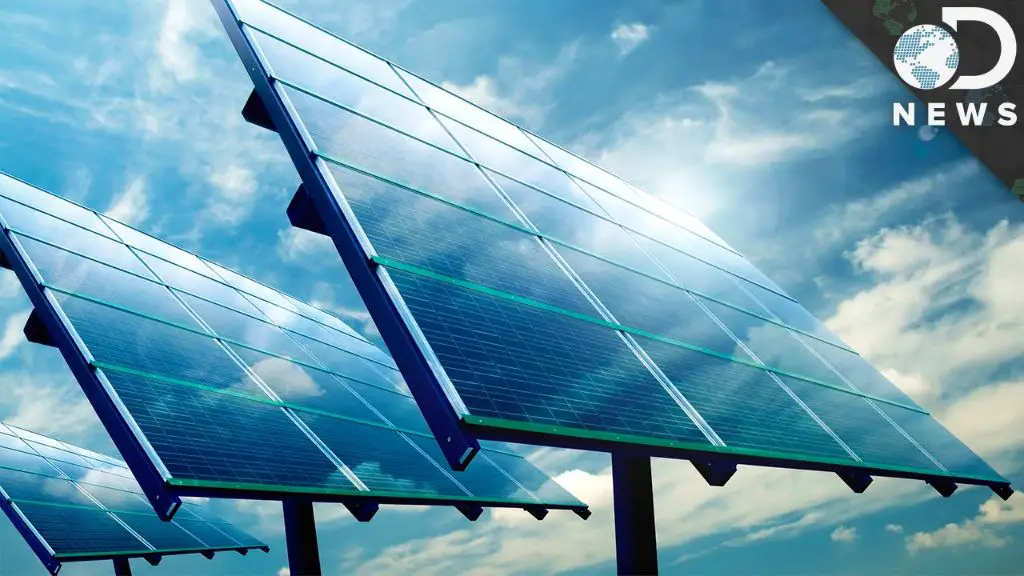
Photovoltaic systems are made up of various components that work together to convert sunlight into usable electricity. The main components are:
Solar Panels
Solar panels, also called PV modules, are made up of many individual solar cells that convert sunlight into DC electricity. Solar panels are connected together to form solar arrays. The number of solar panels needed depends on the size of the system.
Inverters
Inverters convert the DC electricity from the solar panels into AC electricity that can power lights, appliances, and electronics in a home or business. Central inverters convert the output of an entire array, while microinverters convert electricity from individual panels.
Wiring
Electrical wires transport electricity from the solar panels to the inverter and then to the AC panel board or electrical panel. The AC panel distributes power throughout the building. DC wires run from the solar arrays to the inverters while AC wires transport power from the inverters to the electrical panel.
Mounts
Solar panel mounting systems securely fasten the PV arrays to rooftops, ground mounts, or other structures. The mounts keep the solar panels oriented properly towards the sun. Common mounting systems include rail mounts, pole mounts, ballasted footing mounts, and rooftop mounts.
Meters
Net meters track energy consumption versus production. Excess solar electricity can flow back to the utility grid. Solar meters ensure proper billing credit for any extra solar power generated.
Sizing a PV System
Properly sizing a PV system is crucial to ensure it can meet a home or business’s electricity needs efficiently and cost-effectively. The size of the system will depend on several factors:
Daily Energy Consumption – Review 12 months of recent electric bills to calculate average daily electricity usage. This provides a baseline for energy needs. Consider any planned increases in electric load from new appliances or electric vehicles.
Available Roof Space – Measure south-facing sections of roof that get full sun. This determines potential solar panel areas. South facing roofs optimize energy production.
Local Weather and Sunlight – Evaluate annual solar insolation using PV mapping tools. More sunlight equals higher energy output. Cooler temperatures can improve PV efficiency.
Panel Rating – Standard panels range from 300-400 watts. Higher wattage panels take up less space but cost more per watt.
System Efficiency – Factor in real-world system losses from shading, dust, heat, wiring. Energy modeling uses derate factors to account for these inefficiencies.
Once electricity needs and solar potential are analyzed, the system can be right-sized to match annual consumption. Oversizing can increase payback period. Optimal azimuth and tilt angles for the panels are also determined. Professional solar installers will complete full site evaluations and energy modeling as part of the process.
Installing a PV System
Properly installing a PV system requires expertise in construction, electrical work, and adhering to local regulations. Here are some key steps in the PV installation process:
Permits
Most jurisdictions require permits for solar installations. The permitting process ensures your system meets local building, fire, and electrical codes. Your solar contractor will submit drawings, plans, and other documentation to obtain the necessary permits.
Electrical Work
Connecting the PV system to your home’s electrical panel and grid requires an experienced electrician. They will install wiring, overcurrent devices, grounding equipment, and interface components for grid-connected systems. All electrical work must satisfy national and local electrical codes.
Positioning
Optimal positioning is key for maximizing solar energy production. In the northern hemisphere, panels should face south, and in the southern hemisphere, panels should face north. Tilting panels at an angle equal to your latitude optimizes energy capture. Roof and ground mounts securely hold panels in the proper orientation.
Connecting Components
After securing the PV mounting system, solar panels get wired together into arrays. Wiring connects the arrays to charge controllers, inverters, batteries (for off-grid systems), and other components. Proper connections are critical for a functional, safe, and durable PV system.
Maintaining a PV System
Proper maintenance is crucial for ensuring a photovoltaic (PV) system continues operating efficiently for its full lifespan of 20-25 years. There are several key maintenance tasks PV system owners should regularly perform.
Cleaning Solar Panels
Dirt, dust, snow, and other debris accumulating on solar panels will reduce their power output. It’s recommended to inspect panels at least twice per year and clean them whenever they appear visibly dirty. Use water, mild dish soap, and a soft cloth or sponge to gently wipe panels clean. Avoid abrasive materials that could scratch the glass. Check that mounting equipment is still solidly attached.
Monitoring System Performance
Monitoring system performance regularly will help identify any problems early. Examine wiring connections for damage. Inspect inverters, batteries, and other equipment for issues. Check energy production data over weeks and months to ensure consistent output. Dramatic drops in production may indicate a problem needing troubleshooting. Have a solar professional perform preventative maintenance annually.
Replacing Inverters and Batteries
The inverter and batteries in a PV system have shorter lifespans than the solar panels. Expect to replace the inverter after 10 years. Batteries may need replacing every 5-10 years depending on type and use. Have old inverters and batteries disposed of properly. Work with an experienced solar contractor to select and install appropriate new components.
Costs and Financial Incentives
There are a variety of costs associated with installing a photovoltaic system. The main costs include the price of the solar panels and other system components, installation labor, permits and fees, and maintenance over the system’s lifetime. However, there are also financial incentives available to help offset these costs.
The upfront price of a PV system has dropped dramatically over the past decade, making solar power more affordable than ever. The average cost per watt for solar panels in 2022 ranges from around $2.50-4.00, depending on the type of panels, system size, location, and other factors. Aside from the solar panels, other equipment like inverters, racking, and wiring will add to the overall system cost. Installation costs also vary, but the national average for a residential system is around $2-$4 per watt.
To help reduce the upfront cost barrier, federal, state, and local governments offer various financial incentives for installing solar PV systems. The federal solar tax credit allows homeowners to deduct 26% of the cost of installing a solar energy system from their federal taxes. Many state and utility companies also offer upfront rebates or performance-based incentives based on the amount of energy generated. Additionally, solar can increase a home’s property value and lower electric bills over time.
While solar does require an upfront investment, the costs have decreased substantially while financial incentives have increased. With smart system design and strategic use of available tax credits and rebates, installing a solar PV system can provide excellent long-term value.
Environmental Benefits
One of the biggest benefits of solar PV systems is their ability to reduce carbon emissions and promote sustainability. As renewable energy sources, solar PV systems generate electricity without emitting greenhouse gases like carbon dioxide and methane. This helps combat climate change and minimize the environmental impact of energy production.
According to the EPA, one 5 kW solar array can avoid over 4 tons of carbon emissions per year. That’s equivalent to not burning over 2,000 gallons of gasoline annually. As more homes and businesses install solar panels, the cumulative effect on emissions reductions can be significant.
Solar energy also conserves finite resources. While fossil fuels like coal and natural gas will eventually run out, sunlight is a free and unlimited resource. PV systems harness that clean, renewable energy and reduce our dependence on polluting fuels that are in limited supply.
In addition, solar PV systems generate energy right at the location where it will be used, often on rooftops or over parking lots. That eliminates the need for new transmission lines and infrastructure associated with centralized power plants. It also reduces energy lost during long-distance transmission.
Solar power promotes energy independence and security. With more distributed solar generation, communities rely less on imported fuels and are insulated from potential disruptions. Households with solar panels also become more self-sufficient and resilient.
As solar technology continues advancing and prices keep falling, PV systems will deliver environmental benefits on an even larger scale. Widespread adoption of solar power will be crucial for building sustainable energy systems and meeting global climate goals.
The Future of Solar PV
The future looks bright for solar photovoltaics. As technology continues to advance, solar panels are becoming increasingly more efficient and cost-effective. Several innovations on the horizon promise to further improve solar PV efficiency and adoption.
One exciting area of research is developing solar cells that can convert a greater percentage of sunlight into electricity. Companies are experimenting with new materials and manufacturing techniques to improve solar cell efficiency. Perovskites, a class of materials gaining popularity in solar research, have the potential to reach over 25% efficiency. With further innovation, commercial solar panels could reach 30-35% efficiency, up from around 20% today.
New solar panel technologies like concentrator photovoltaics (CPV) and quantum dot solar cells offer additional avenues to improve efficiency. CPV uses lenses to concentrate sunlight onto smaller, highly efficient solar cells. Quantum dot solar cells use nanotechnology to absorb more sunlight. Continued research and investment into these and other technologies will enable more electricity generation from the same solar module footprint.
Beyond improvements to solar panels themselves, innovations in inverters, battery storage, and smart energy management will enable greater solar adoption. As the supporting technologies advance and costs come down, integrating solar PV into homes, businesses and utility-scale projects will become increasingly attractive.
With these technology improvements, solar energy is poised for massive growth worldwide. Total global solar PV capacity is expected to reach over 5,000 gigawatts by 2030, a fivefold increase from 2020. As solar becomes ever more cost competitive with fossil fuels, this tremendous growth will allow solar PV to become a leading source of electricity generation globally, displacing carbon-intensive energy sources.

